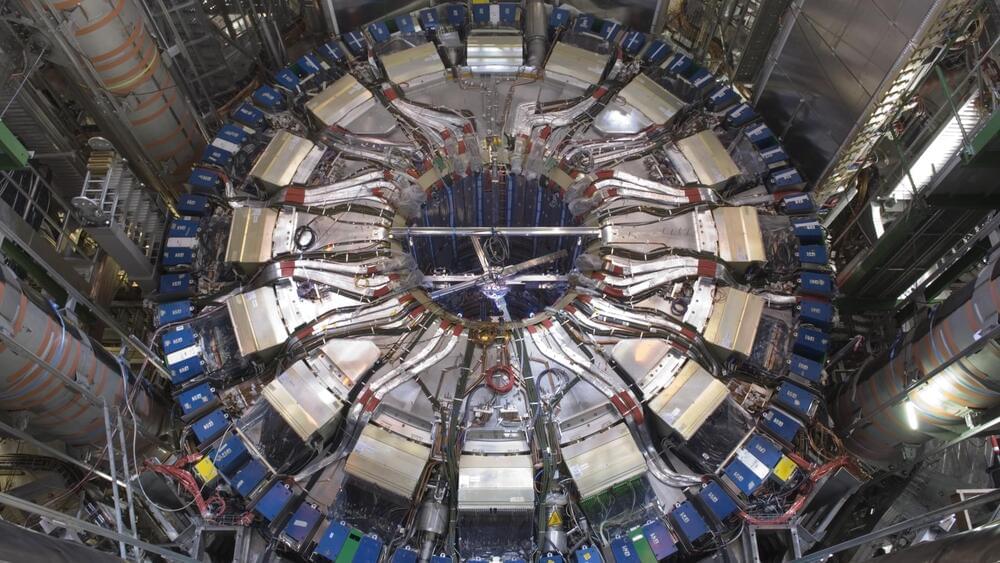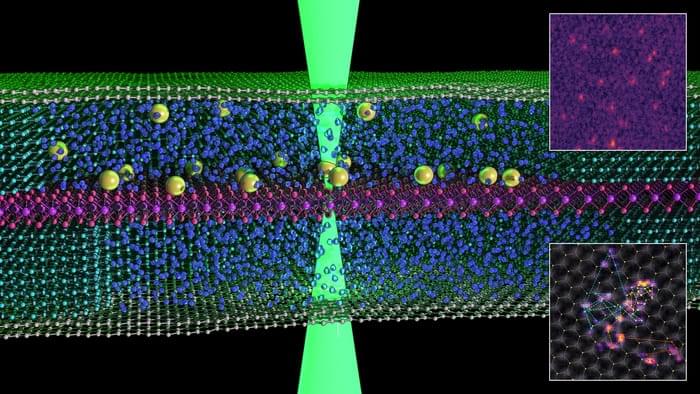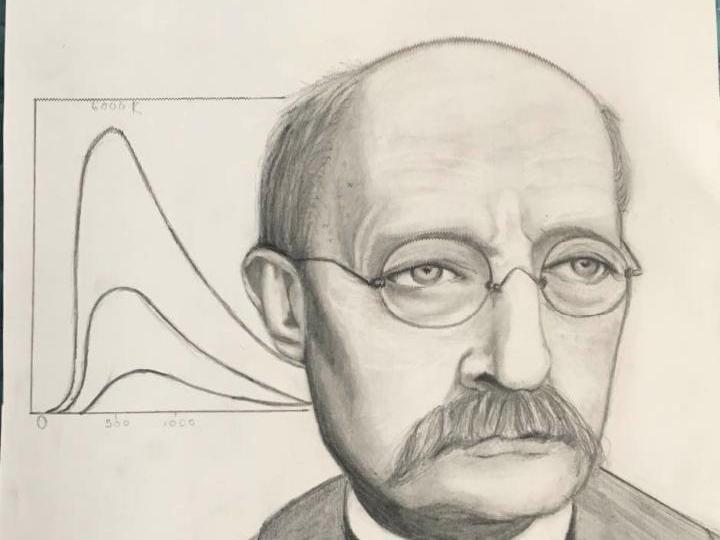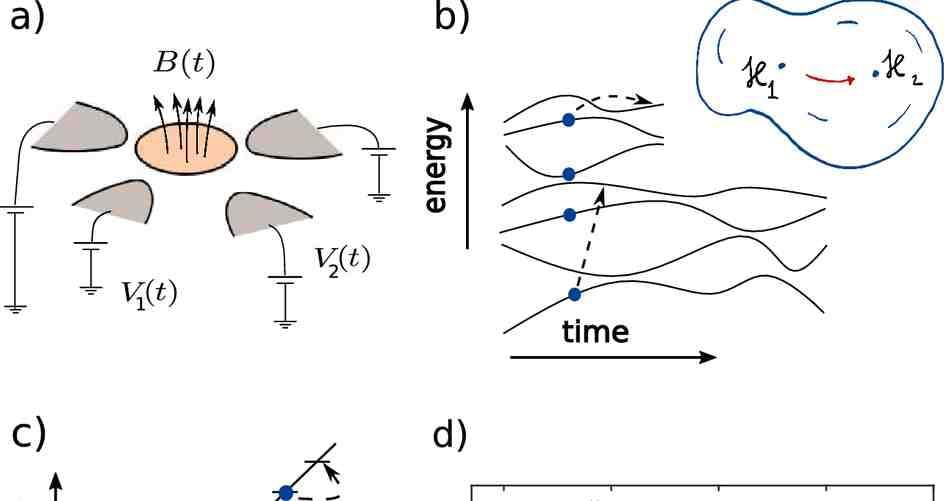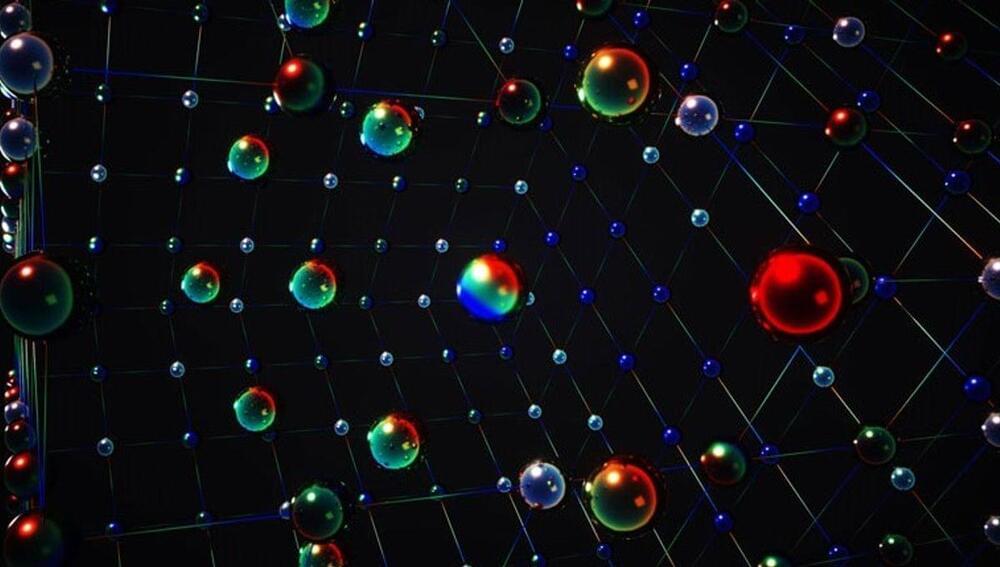so-called qubits, to perform computations much faster than any classical computer ever could.
While multiple frontrunner startups have explored various technology platforms, from superconducting qubits and ion trap systems to diamond-based quantum accelerators, scaling the number of qubits from a few dozen to hundreds, thousands, and eventually millions of qubits has remained notoriously difficult. But this might change with photonic quantum computing.
The startup ORCA Computing builds photonic quantum computers that use photons, the fundamental particles of light, as qubits. Using quantum memories and established telecommunications technology, it can scale its devices more easily and integrate with existing computing infrastructure e.g. in data centers. Based on the core memory technology developed by Kris Kaczmarek, ORCA was officially co-founded by Ian Walmsley, Richard Murray, Josh Nunn, and Cristina Escoda in Oxford in the fall of 2019. This summer 2022, it has raised a $15M Series A led by Octopus Ventures and joined by Oxford Science Enterprises, Quantonation, and Verve Ventures, with additional, project-based funding provided by Innovate UK. Previous investors also include Atmos Ventures and Creative Destruction Lab.

